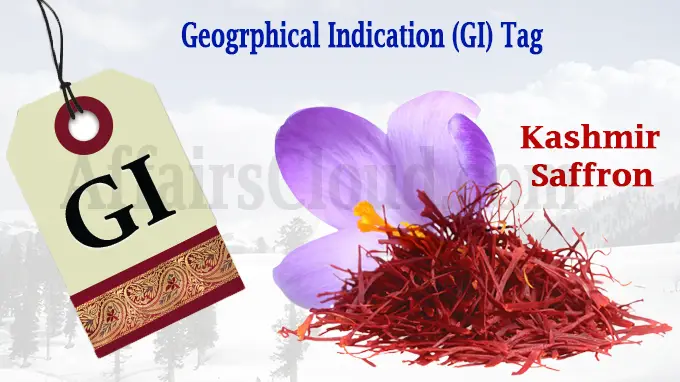Kashmir’s saffron is not just a spice, it’s a climate-sensitive currency of culture, now backed by insurance as volatile as gold futures.
If gold is the metal of kings, saffron is the flower of civilizations. In the saffron fields of Pampore, harvesting isn’t agriculture, it’s archaeology.
Each crimson stigma of the Crocus Sativus is mined, petal by petal, by women in pherans, crouched in purple fields that bloom for barely three weeks in autumn. The yield? A few grams per thousand flowers. The price? Not quite gold, but close enough to make every petal feel precious.
This isn’t poetic exaggeration, it’s economic precision. As per Alibaba & Pune Pulse in October 2025, premium Kashmiri saffron was retailing at ₹800–₹1,000 per gram, making it one of the most expensive agricultural products sold by weight.
But unlike gold, saffron is perishable, climate-sensitive, and deeply embedded in ritual from Hindu weddings to Muslim feasts, from Ayurvedic tonics to poetic metaphors.
It’s not just a commodity; it’s a cultural currency. Yet while gold survives wars and recessions, saffron wilts in heatwaves and drowns in floods.
And this year, it did.
When Red Gold Drowns
Unseasonal rains and flash floods swept through Kashmir’s saffron belt in October 2025. Fields that should have blushed purple were waterlogged, delaying flowering and rotting bulbs. Farmers reported up to 70% crop loss. The bloom was late, sparse, and weak. For many, the harvest wasn’t just poor, it was absent.
This wasn’t just a climate event, it was a cultural emergency. Saffron isn’t grown in greenhouses or labs. It’s grown in memory. And this year, memory was submerged.
Crop Insurance: A Vault for the Vulnerable
In response, the Jammu & Kashmir government is rolling out a Weather-Based Crop Insurance Scheme (WBCIS). Saffron, alongside apples and mangoes, will be insured against floods, heatwaves, and droughts. If WBCIS fails to launch in time, a Market Intervention Scheme (MIS) will stabilize prices and protect growers from distress sales.
This marks a civic shift: saffron is no longer just a poetic commodity, it’s a protected asset. Insurance will act like a futures contract for farmers, offering payouts when weather sabotages yield. It’s not just financial relief, it’s emotional repair.
Price Wars: Kashmir vs Iran
Despite producing just 11–12 tonnes annually, Kashmir’s saffron is considered the finest in the world. Its crocin (colour), safranal (aroma), and picrocrocin (taste) levels surpass global standards. The purest GI-tagged saffron from Pampore retails at ₹800–₹1,000 per gram, while Iranian saffron , mass-produced and mechanically dried, sells for ₹400–₹700 per gram in Indian markets.
But here’s the scandal: Iranian saffron is being repackaged and sold as Kashmiri, exploiting the brand’s prestige.
This mis-labelling not only cheats consumers, it erases Kashmiri farmers from their own legacy. As Frontline reports, the “influx of Iranian imports” has undermined Kashmir’s saffron economy, while DailyO confirms that “Kashmiri saffron suffered tremendously following the global invasion of the cheaper Iranian saffron”.
GI Tagging: The Legal Firewall
To curb this practice, Kashmiri saffron was granted a Geographical Indication (GI) tag in 2020. This tag legally binds the saffron to its origin, ensuring that only saffron grown in designated Kashmiri regions can be sold under that name. QR-coded labels now allow consumers to verify authenticity, restoring both market integrity and farmer dignity.
‘GI tagging doesn’t just protect a spice, it protects a story. A story of soil, sweat, and survival.’
Youth, Culture, and Civic Renewal
For young Kashmiris, saffron is no longer just grandma’s kitchen spice, it’s a metaphor for resilience. It teaches that tradition isn’t inherited, it’s cultivated. That climate justice begins with crop justice. That law can protect legacy. And that civic renewal isn’t abstract—it’s the reason your local bloom failed.
Saffron offers youth a blueprint: how to reclaim heritage through technology, how to demand transparency in markets, and how to turn poetic identity into policy-backed dignity. It’s not just red gold, it’s red memory. And it’s finally being insured.
“Gold survives inflation. Saffron survives mis-labelling. One is stored in vaults. The other in stories.”

